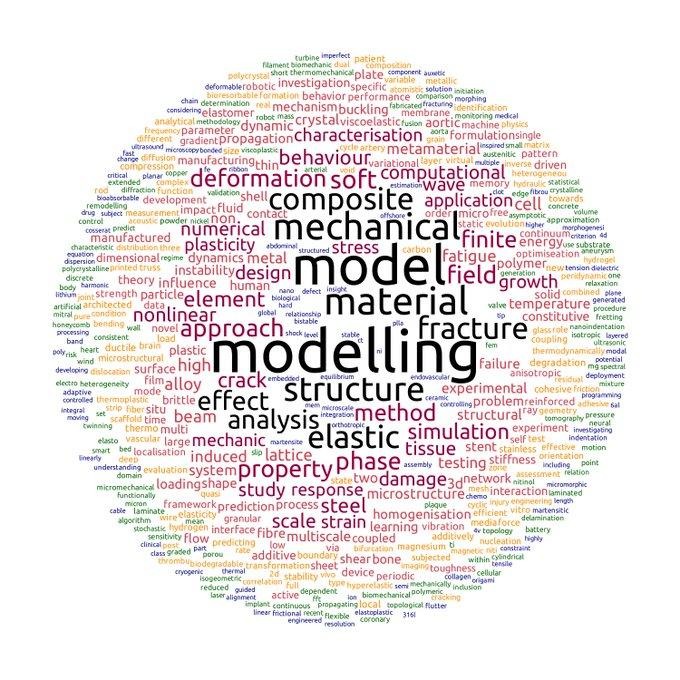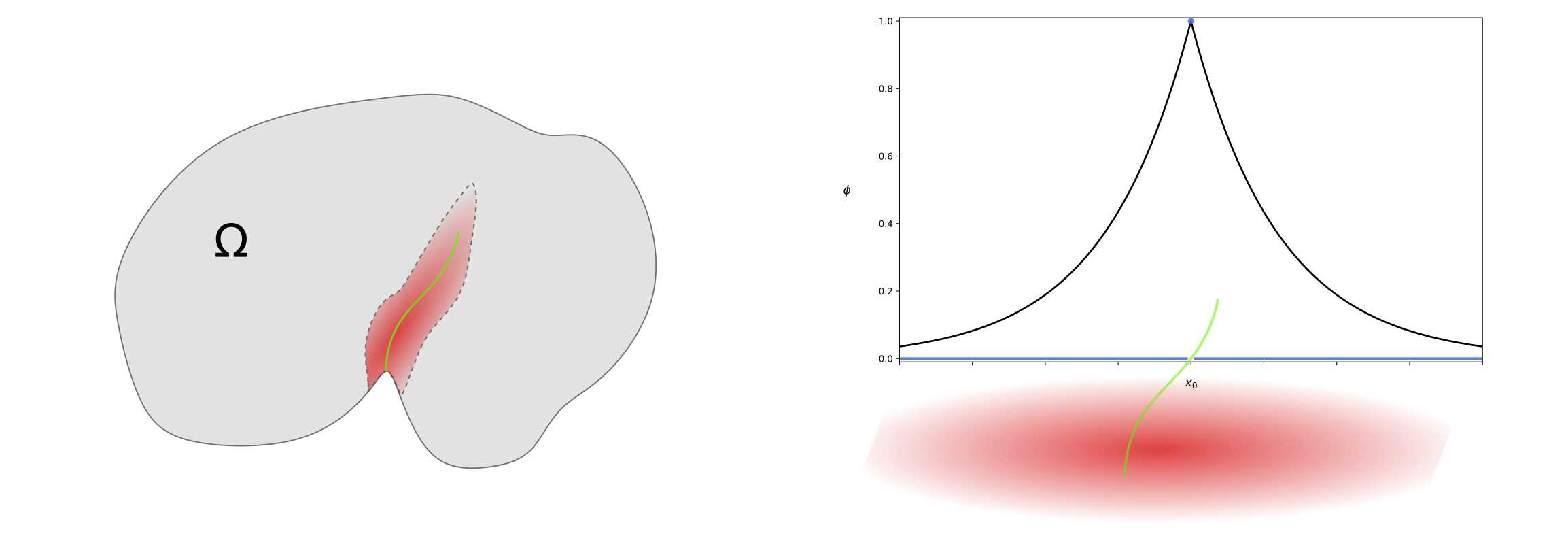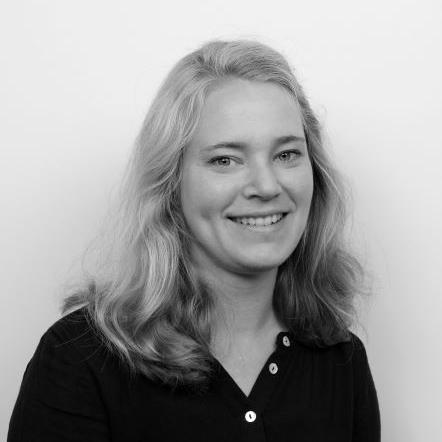Anne-Sophie Sur is a PhD candidate at the Norwegian University of Science and Technology (NTNU) in Task 7 of the Norwegian CCS Research Centre (NCCS). This summer, she attended the 11th European Conference on Solid Mechanics in Galway, Ireland. Afterwards, she wrote a travel letter about her experience at the conference and explaining her work to develop a model to predict fractures in pipelines transporting CO2.
From Trondheim to Galway
From 4–8 July 2022, the 11th European Conference on Solid Mechanics was held in Galway, Ireland: an important event for the solid mechanics community.
It was a long journey from Trondheim to Galway; the last part of the trip was by bus from Dublin airport across Ireland, which, as you would expect, featured a lot of greenery and a lot of sheep. It was well worth the long journey to attend this large international conference.
Solid mechanics contains a broad spectrum of topics
The topics that played a major role at the conference and are currently of scientific interest are nicely summarised in the collection below of the 500 most frequently occurring words in all submitted abstract titles.

Numerous mini symposia were organised, covering the topics of mechanics of materials, biomechanics and medical implants, continuum mechanics, computational mechanics, multiphysics and multiscale problems, to name just a few. The strong development in the field of biomechanics was addressed in various discussions, and considered as one of the most important and relevant topics for future solid mechanics.
The plenary lectures were given by none other than Thomas J. R. Hughes, who spoke about the past and future of the finite element method (FEM), Alan Needleman, who discussed plastic dissipation, and Ellen Kuhl, who presented on machine learning.
For me personally, it was the second conference I have attended during my PhD, which is part of the CO2 transport task (Task 7) in NCCS. It was incredible to finally have the opportunity to talk in person to different people from the same research area, to see how others in my field work and what with, and also to see how broad the spectrum of topics in solid mechanics actually is. Overall, it was very inspiring and the conference gave me the possibility to easily make new contacts for further discussions.
Predicting fractures in pipelines transporting CO2
I presented my work done so far in the framework of my PhD project at NTNU, which is about running ductile fractures in pipelines transporting CO2. The main objective is to develop a micro-mechanical model that precisely predicts crack nucleation, evolution and arrest in high-strength steel. Challenges are the mesh dependence occurring in classical sharp crack models as well as numerical issues when implementing elasto-plastic material behaviour under large deformations. The idea is to make use of the phase-field approach, and to couple it in its strong form with the Gurson-Tvergaard-Needleman (GTN) porous plasticity model in order to reduce mesh dependency. By implementing this model with a robust algorithm in Abaqus, we obtain good simulation results.
The regularising phase-field term incorporates a phase-field variable φ, representing the damage in the material and an internal length scale. It originally comes from an energy functional that describes the behaviour of the considered body and approximates a sharp crack. The way the phase-field term behaves is shown in the two figures below. Instead of considering a sharp crack (in green), the phase-field variable acts on a damage zone (in red) and introduces a gradient into the equations, so that there are no longer jump discontinuities of the damage. For a vanishing internal length scale, the damage zone shrinks and the model is supposed to converge to the sharp crack model (green).

An “on-trend” presentation topic
My presentation, “Modelling ductile fracture by coupling the phase-field approach with Gurson plasticity” was apparently on trend, as the title includes some of the most common words in the word cloud above. The work presented was done in collaboration with Odd Sture Hopperstad, David Morin and Gaute Gruben. I also presented the latest results on material calibration and validation for the high-strength steel 13Cr, which were partly obtained through a scanning electron microscope (SEM) analysis conducted in collaboration with Geir Langelandsvik.
In addition, the simulation results for ductile fracture considering the phase-field approach at large deformations were discussed. In this context, the influence of the internal length scale, the different softening mechanisms in the model and the mesh (in)dependence were studied. The presentation was very well received and resulted in interesting questions and discussions.
Slán (Gaelic: goodbye) from Galway!









Comments
No comments yet. Be the first to comment!